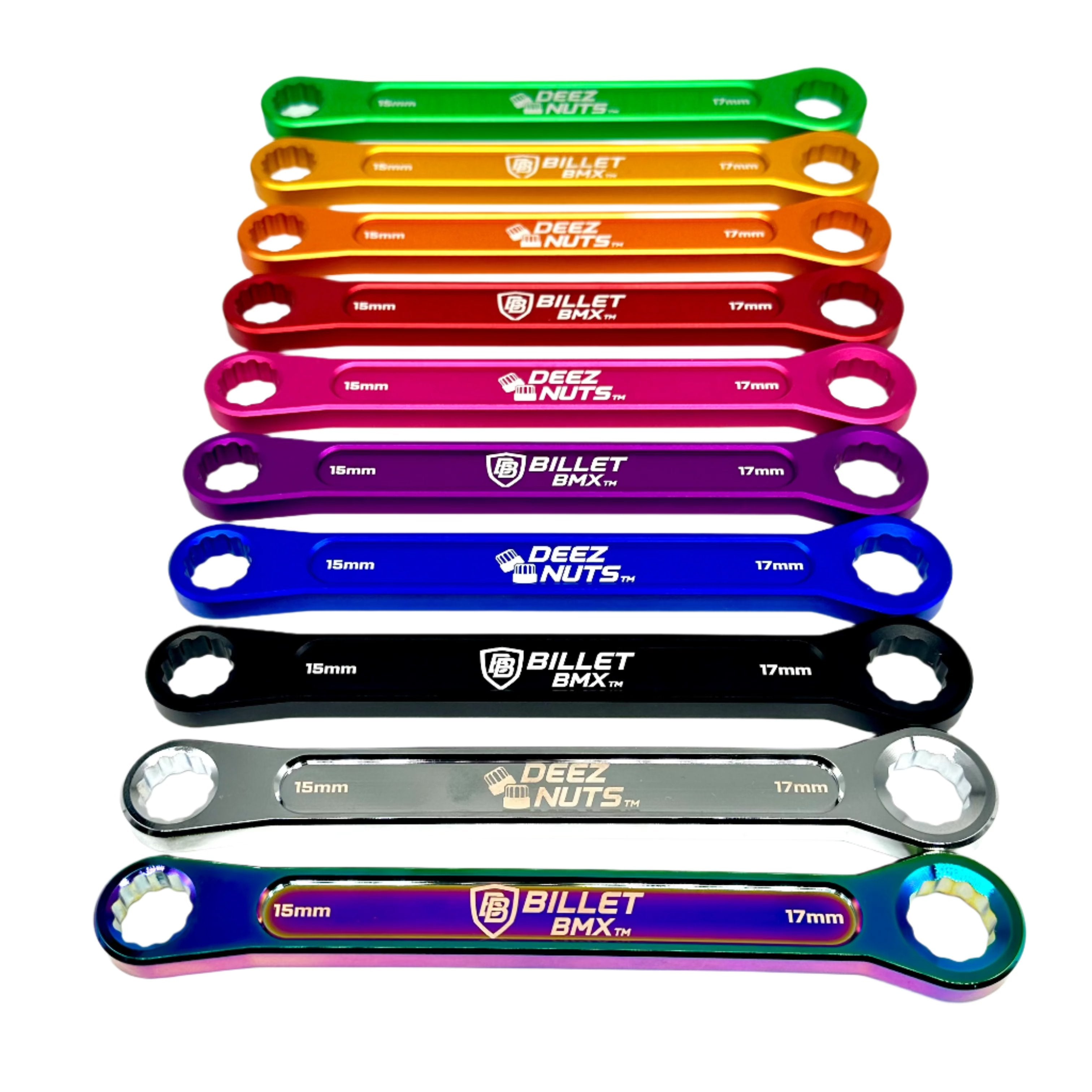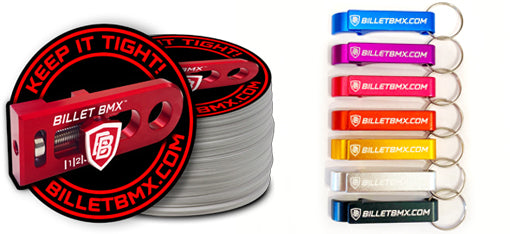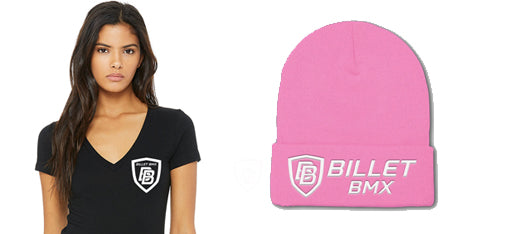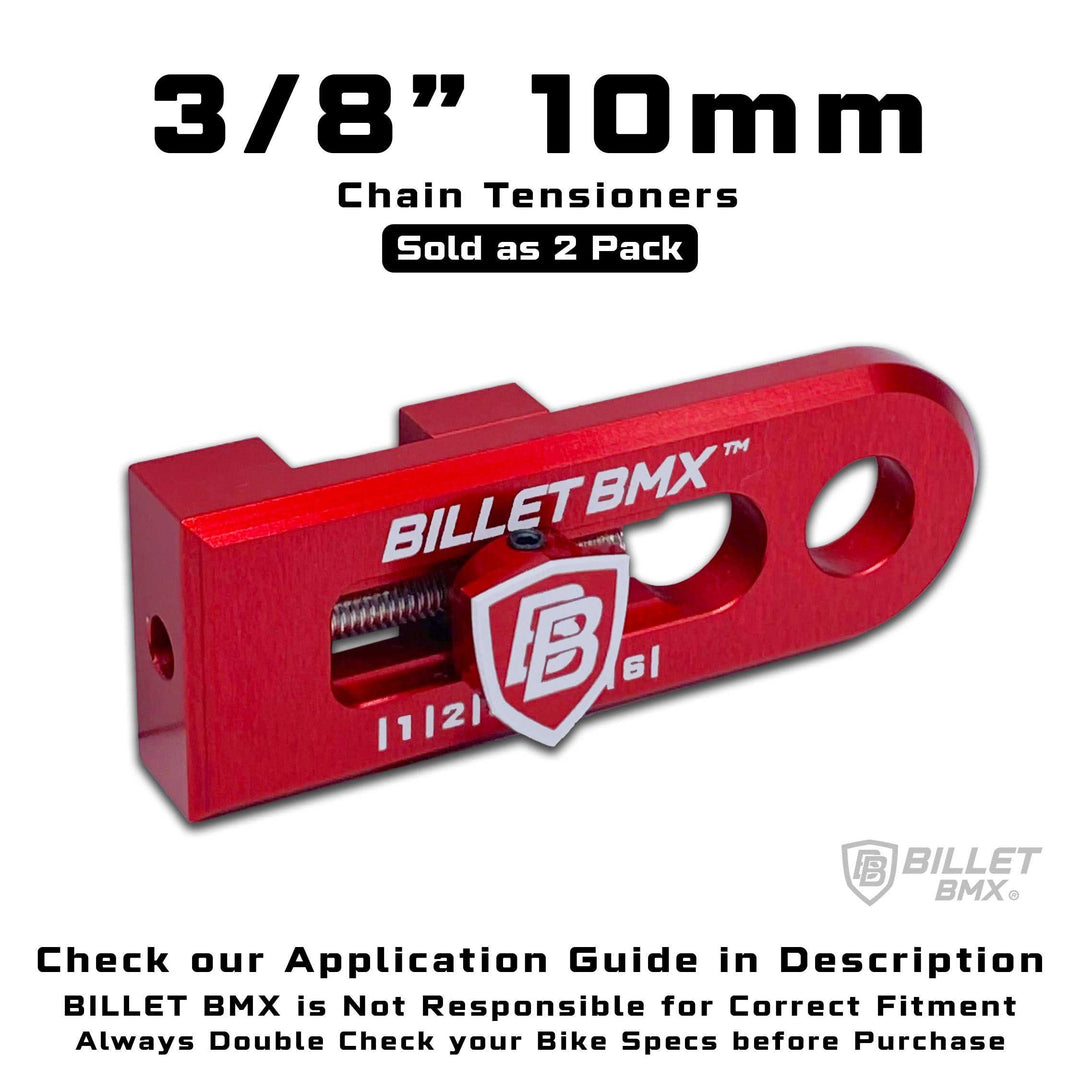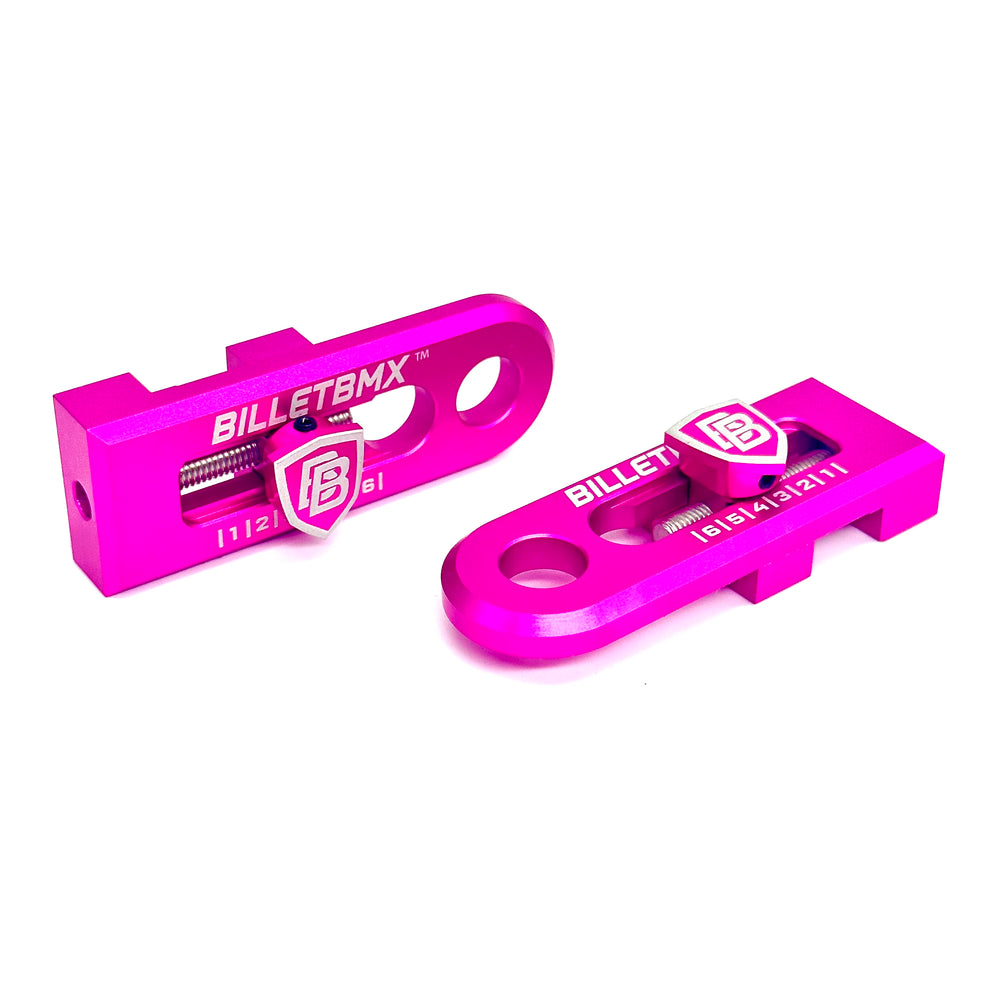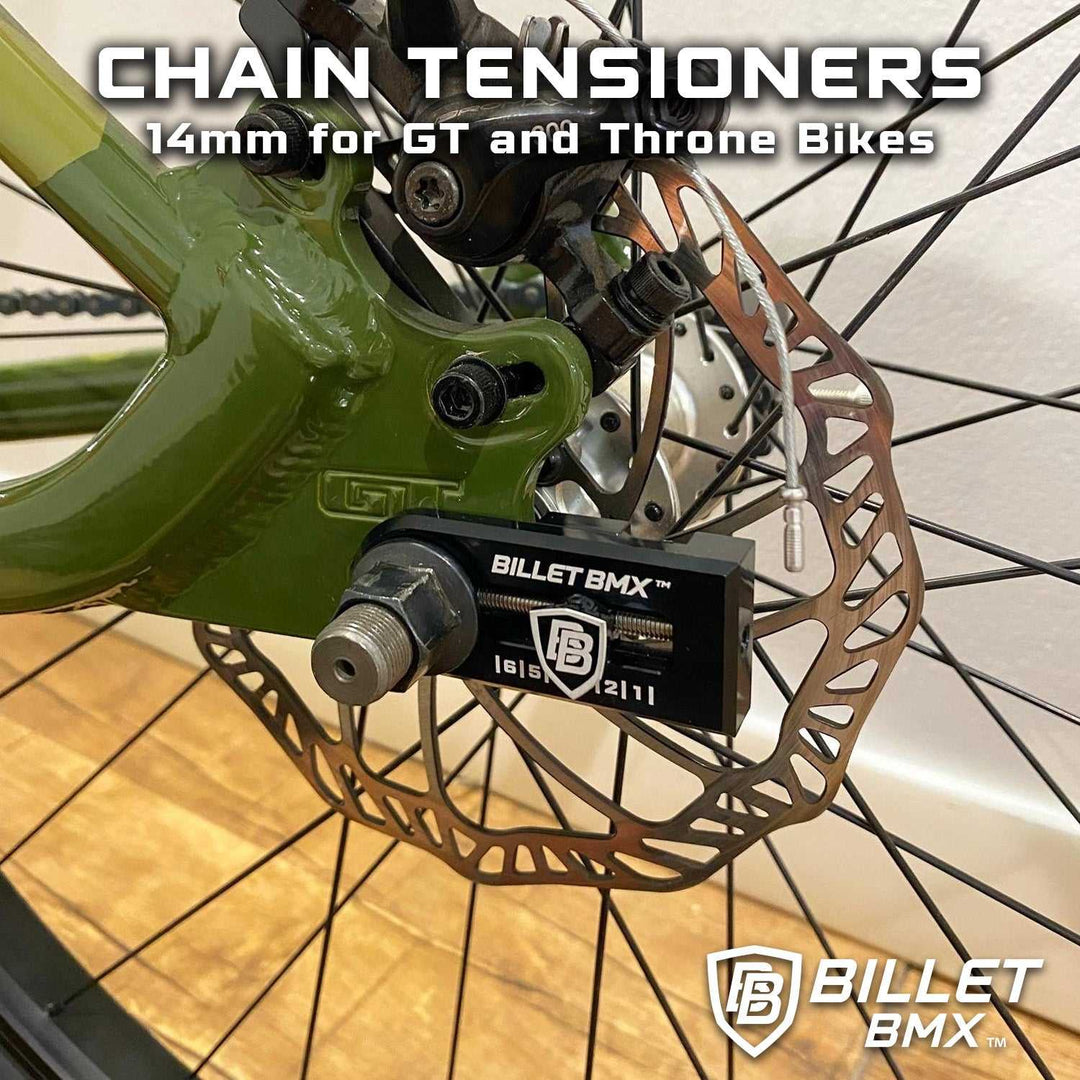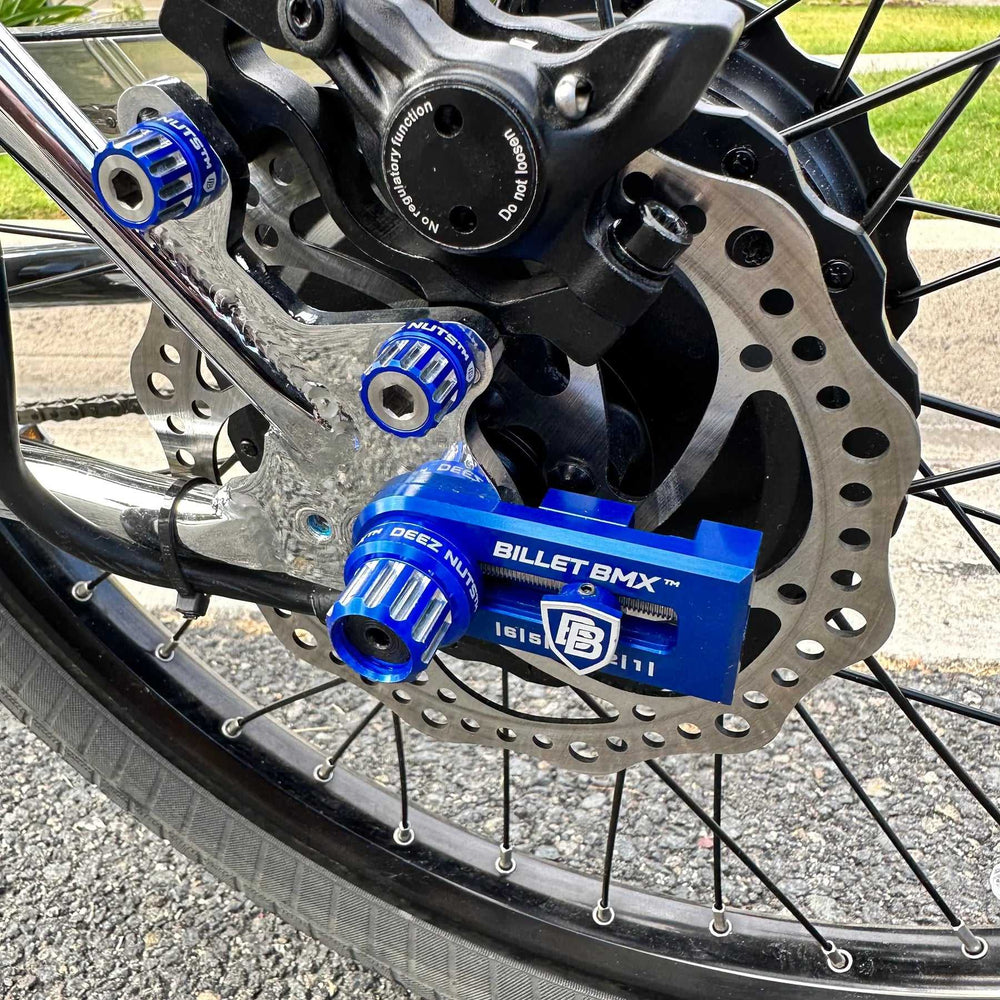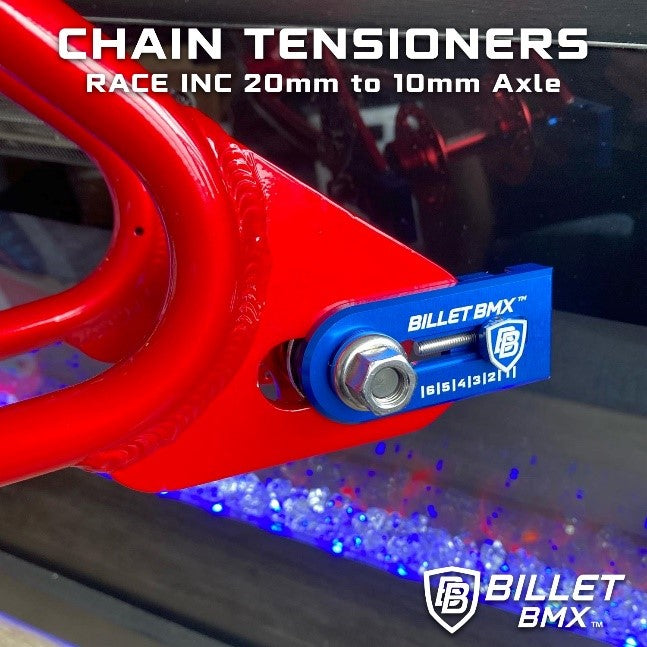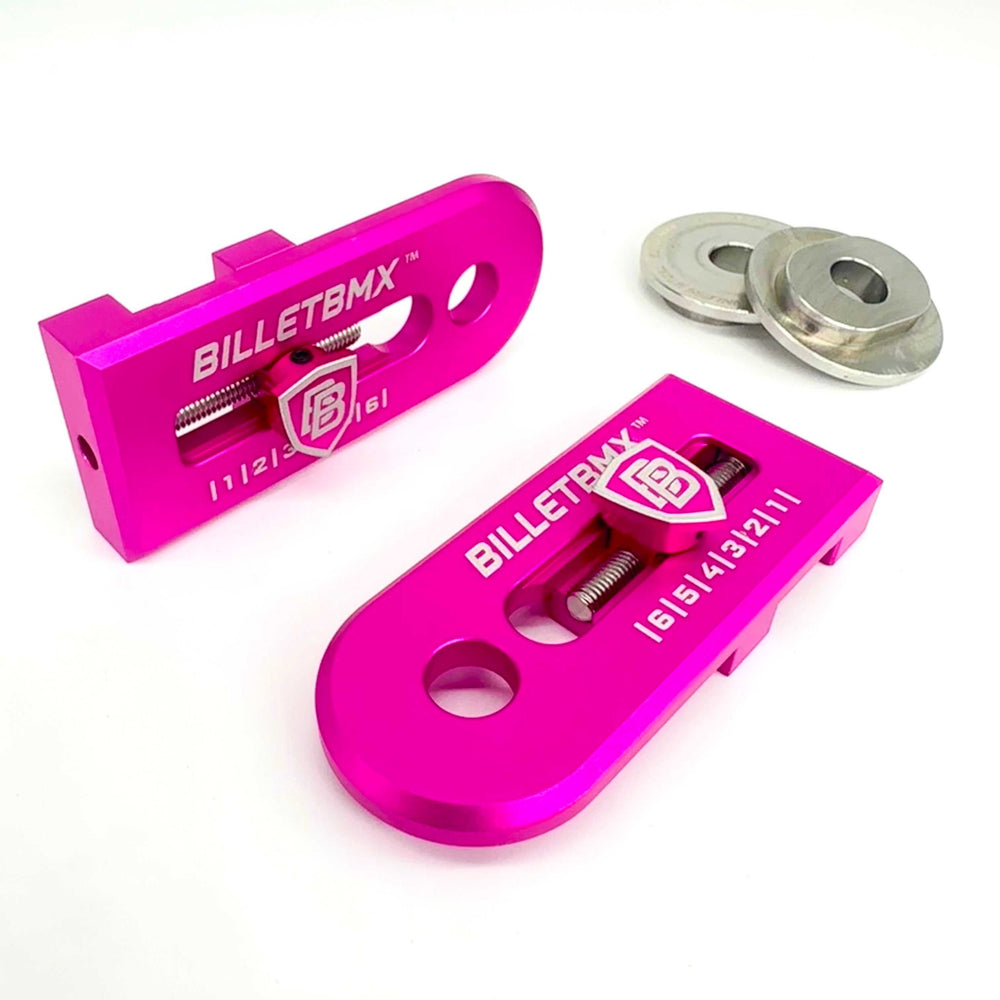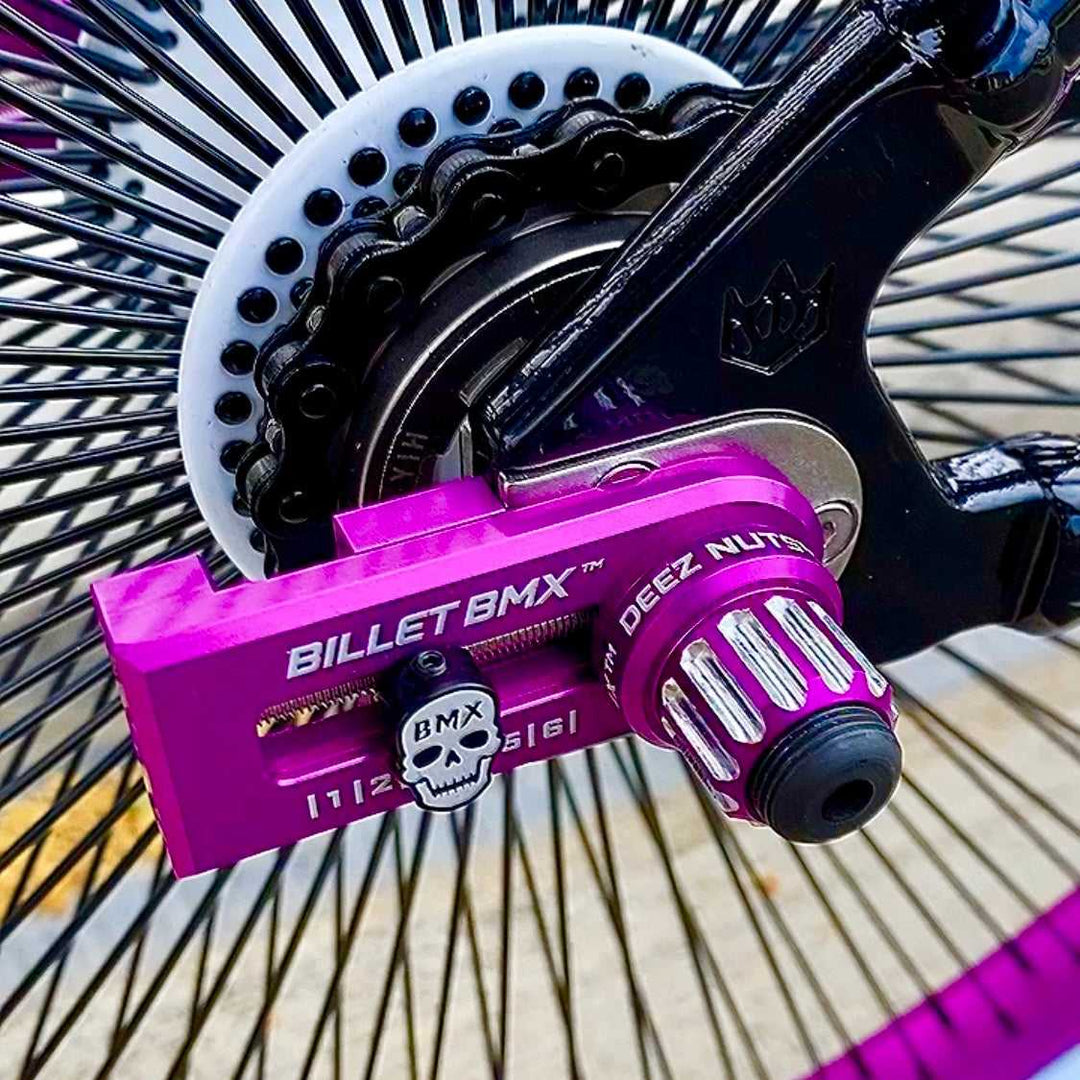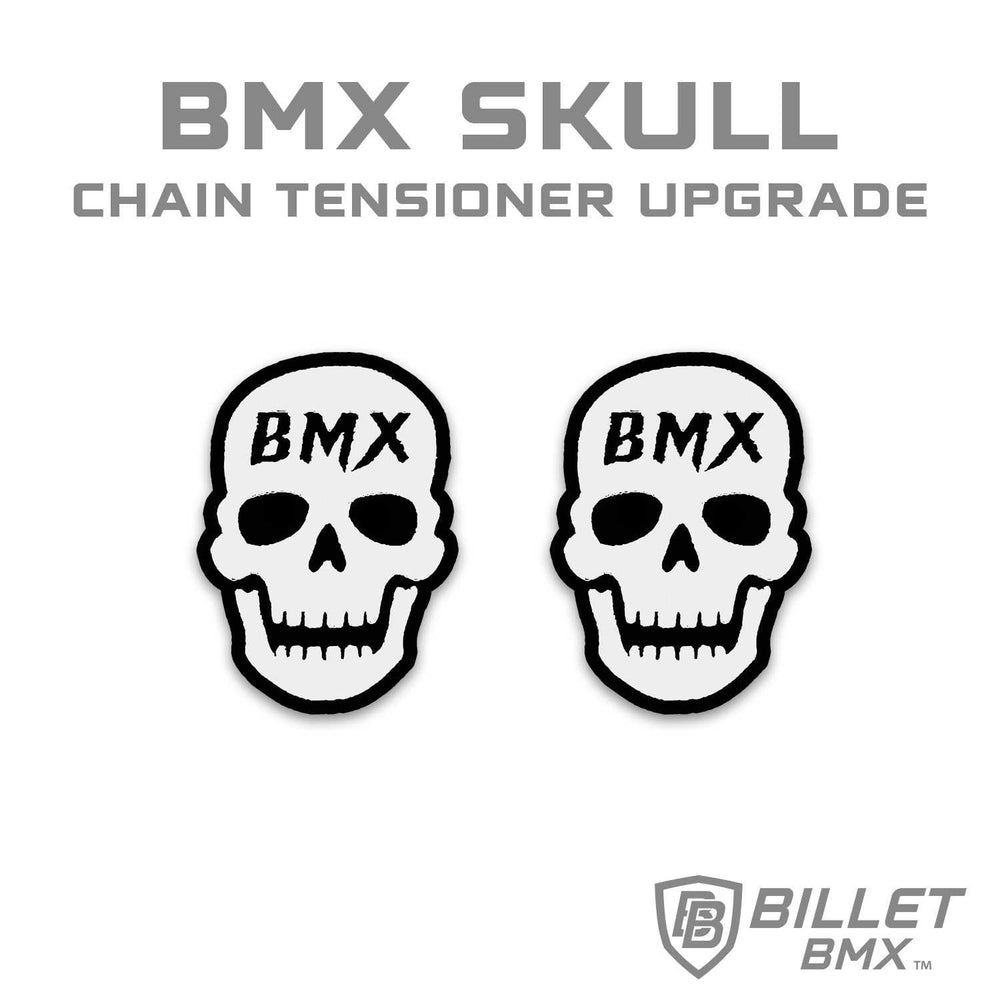How Headset Spacers Impact Your Bike's Fit and Performance
When setting up or customizing a bike, bike spacers are often overlooked, yet they play a critical role in your ride's overall fit and performance. Whether you’re a seasoned cyclist or a beginner, understanding the function of headset spacers can help you optimize your bike for comfort, control, and efficiency. Proper bike fit and component adjustment are key to enhancing your cycling experience, and headset spacers are an essential part of that equation.
In this blog, we’ll explore the significance of headset spacers in detail, answer some common questions about their size and installation, and provide practical tips on how to fit them properly. We’ll also delve into why paying attention to these small components can make a huge difference in your ride quality.

What Does a Headset Spacer Do?
At its core, a headset spacer is a small but essential ring placed between the bike's stem and the headset. Though it may appear to be a minor component, it plays several important roles in the overall setup of your bike. Here are the primary functions:
-
Adjusting Handlebar Height:
One of the most noticeable effects of using headset spacers, or bike spacers, is the ability to raise or lower your handlebars, tailoring your bike’s geometry to your comfort and riding style. For instance, a higher handlebar position will give you a more upright posture, which can be more comfortable for casual rides or longer distances. A lower handlebar position, on the other hand, is often chosen for a more aggressive, aerodynamic riding stance that is preferred by competitive cyclists or riders looking for more speed. The ability to fine-tune handlebar height with spacers allows riders to optimize their bike for their specific needs.
-
Maintaining Proper Tension in the Headset:
Bike spacers are also critical for ensuring that the headset assembly is properly tensioned. The headset is the mechanism that allows the fork to turn smoothly while connecting the frame to the handlebars. Spacers help maintain this tension by filling the gap between the stem and the top cap. Without the proper tension, the headset could become loose or misaligned, leading to poor handling, an uncomfortable ride, and potential damage to components. A well-adjusted headset keeps your steering responsive and stable, which is essential for both safety and performance.
-
Fine-Tuning Bike Fit:
The perfect fit is a balance of comfort and efficiency. Along with saddle position and stem length, headset spacers play a role in the overall bike fit. Spacers allow you to experiment with small adjustments to the height of your handlebars, which can have a significant impact on how comfortable or efficient your bike feels. The right fit will help reduce strain on your back, shoulders, and wrists, particularly on longer rides or commutes. Customizing the position of your handlebars with bike spacers can make a huge difference in preventing discomfort and avoiding injury over time.
Are All Headset Spacers the Same Size?
No, headset spacers, like all bike spacers, come in different sizes and are available in several variations to meet specific needs. Understanding these differences will help you choose the right spacers for your bike:
-
Height/Thickness:
Headset spacers are available in a variety of thicknesses, usually ranging from 2mm to 20mm or more, with increments of 2mm or 5mm being the most common. Riders often use a combination of spacers to achieve the ideal handlebar height. For instance, if you want to raise your handlebars slightly for comfort, you might choose a 5mm spacer. If you're trying to achieve a significant drop in handlebar height for better aerodynamics or performance, you may stack several spacers. The exact height you need will depend on your bike’s design and your riding preferences.
-
Diameter:
Headset spacers must match the diameter of your bike’s steerer tube, which is the section of the fork that fits into the frame. The two most common sizes are: - 1 1/8-inch (28.6mm): This is the standard size for most modern bikes, particularly those with a more traditional design.
-
1 1/4-inch (31.8mm) or 1.5-inch (38.1mm): These sizes are found on some newer or more specialized models, offering greater strength and stability, especially on bikes with larger frames or specific racing designs.
-
Material:
Bike spacers are made from a variety of materials, each offering different benefits. Aluminum spacers are the most common and are favored for their strength, durability, and lightweight properties. Carbon fiber spacers are another option, offering even less weight, but they tend to be more expensive. Plastic spacers are lightweight and inexpensive, but they may not offer the same level of durability and performance as aluminum or carbon. Titanium spacers, while lightweight and highly durable, are typically used by enthusiasts who seek the absolute best in terms of performance and weight savings.
When selecting spacers, ensure they are compatible with both the diameter of your steerer tube and your headset system. This ensures a secure fit and proper function, contributing to a smooth and stable ride.
How to Fit Headset Spacers
Installing headset spacers, or any bike spacers, is a relatively simple process, but it requires some attention to detail and proper technique to ensure that everything is secure and functional. Here’s a step-by-step guide to help you properly fit your headset spacers:
1. Prepare Your Tools and Components
To fit headset spacers, you’ll need the following tools:
- A set of headset spacers in the correct size and material.
- An Allen wrench or hex key for removing and installing the stem bolts.
- A torque wrench (optional but recommended for precision tightening).
Make sure you have all the necessary tools on hand before starting the installation to avoid interruptions.
2. Remove the Stem Cap and Stem
Loosen the bolts on the stem and remove the top cap, which sits at the very top of the headset assembly. Carefully slide the stem off the steerer tube. As you do this, pay attention to the existing spacers so you can reuse them if needed or add new ones for adjustment.
3. Add or Remove Spacers
Now is the time to add or remove spacers based on your desired handlebar height. For those looking for a higher handlebar position, stack more spacers underneath the stem. For a more aggressive, performance-focused stance, remove spacers or opt for a lower handlebar height. Experiment with different spacer combinations to find the best fit for your riding style.
4. Reinstall the Stem and Cap
Once you've arranged your spacers to your liking, slide the stem back onto the steerer tube. Reattach the top cap and tighten it just enough to lightly compress the headset. This is an important step in ensuring the headset remains properly tensioned.
5. Align and Secure
Finally, align the handlebars with the front wheel so they are perfectly straight. Tighten the stem bolts evenly and to the appropriate torque setting, using a torque wrench for accuracy. Properly tightened bolts are essential for ensuring a secure and safe ride.
The Impact of Properly Fitted Headset Spacers
When you take the time to install bike spacers correctly, especially headset spacers, you can dramatically improve your overall cycling experience. Here's how:
- Improved Comfort: The most noticeable difference will be in comfort. Correctly adjusting the height of your handlebars can relieve strain on your neck, back, and wrists, especially on longer rides. Whether you're riding for fun or performance, a comfortable setup can make a huge difference.
- Better Control: Headset spacers ensure the headset is properly tensioned, providing better stability and handling. This makes your bike more responsive, especially when cornering or making quick adjustments while riding. A well-aligned headset translates into smoother turns and greater control over your bike.
- Enhanced Performance: Adjusting your bike spacers to match your riding style—whether you're prioritizing comfort, speed, or long-distance endurance—can help optimize your performance. For competitive cyclists, a more aggressive stance might lower wind resistance, while casual riders can enjoy a more upright position for a comfortable ride.
Final Thoughts
While headset spacers may seem like a small detail, their impact on your bike’s fit and performance is significant. By understanding their purpose, selecting the right sizes, and installing them correctly, you can fine-tune your bike for maximum comfort, control, and efficiency.
Whether you’re upgrading your current ride or building a bike from scratch, take the time to experiment with your headset spacers and other bike spacers. It’s a simple adjustment that can make a world of difference.
Looking for high-quality headset spacers and other bike components? Check out Billet BMX for a wide selection of top-tier parts to optimize your ride. Explore our range and take your cycling experience to the next level!



